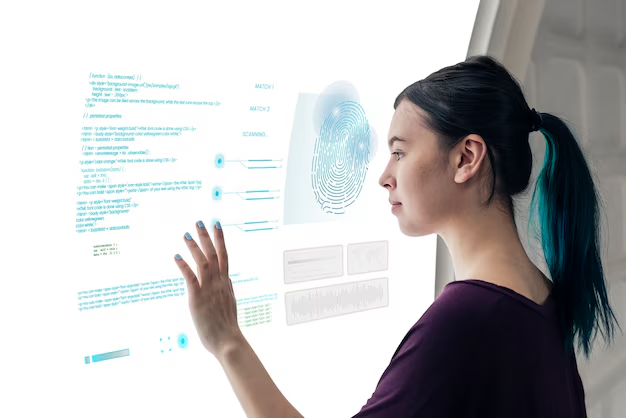Artificial intelligence is doubtlessly leading the way in innovation, assisting businesses and individuals in streamlining their activities. Explainable AI (XAI) is an area of artificial intelligence that has redefined human-machine interactions.
XAI has experienced a high adoption rate alongside continuous research and development. The popularization of Industry 4.0 has made a major contribution to this. Experts state that the market size of XAI was $6.2 billion in 2023, and it is about to reach $16.2 billion by 2028.
This blog will discuss explainable AI, its workings, benefits, and key considerations to understand its dynamics. Let’s dive in…
What is Explainable AI?
Explainable artificial intelligence (XAI) is a section of AI that enables machine learning algorithms to generate output that is understandable for humans. The technology focuses more on offering accountable and reliable solutions, which is often possible for deep learning models.
AI has several benefits, including simplifying complex tasks. For this reason, companies of all sizes across industries are remarkably implementing this technology. XAI is one of the key innovations that organizations trust and have been highly adopting lately.
Accountability, transparency, and interpretability are chief principles of explainable artificial intelligence, which aid in its accuracy and impartial approach. These principles are nothing but a set of guidelines that ensure the responsible and ethical usage of XAI on diverse occasions.

How Does Explainable AI Work?
XAI broadly follows the similar machine learning process of assessing datasets, identifying patterns, and making predictions. However, it has several components that generate understandable and human-like outputs. Let us understand the process thoroughly:
The primary element of XAI is machine learning algorithms that actually assist in making predictions and providing appropriate output. Explainable artificial intelligence can include multiple ML models, such as supervised, unsupervised, natural language processing, computer vision, and others.
The second component is the explanation model which supports bringing details or particulars in the generated output to add efficiency. The details may include valuable insights on specific attribution and features in an output.
After making predictions and adding particulars, XAI uses an interface to present the output to human users. Interfaces can be applications, web extensions, and others which allow people to use the AI form to get human-like solutions.
Why is Explainable AI Important for Businesses?
Businesses are rapidly incorporating AI into their operations to bring efficiency. However, many companies have limited knowledge about AI’s decision-making process. XAI makes it easier to understand how several models and algorithms are pivotal for generating appropriate responses.
Furthermore, Explainable AI assists in enhancing end-user trust and responsible utilization of AI. Below are a few benefits of XAI in the commercial sector:
Robust decisions: XAI includes valuable and reliable insights into its outputs. Businesses find these responses accountable for decision-making. Hence, explainable artificial intelligence assists organizations in making firm decisions.
Higher trust: XAI supports thorough model evaluation for traceability and transparency. The process establishes trust and credibility among the users while integrating the latest technologies like AI.
Lesser risks: Explainable AI opposes the idea of being biased. The technology assists in managing regulatory compliance in ML models. Alongside that, it offers insights to mitigate adversarial attacks which can create major difficulties in the decision-making process of businesses.
Key Considerations of XAI?
While implementing explainable artificial intelligence successfully, companies need to consider a few components, such as:
Debiase: Evaluate the fairness of the model before deployment. Scan and ensure that the model is not providing biased or partial outputs.
Multi-cloud deployment: While adopting explainable AI, developers need to shift to cloud environments such as hybrid, public, private, and on premises clouds to bring flexibility into the process.
Model risk assessment: The XAI model requires risk assessment to eliminate threats. Such an assessment also helps identify unusual activities.
Summing up!
Many a time, users confuse explainable AI with responsible AI. However, both are different concepts of AI. The latter interprets the ethical development and usage of artificial intelligence, whereas the former is an essential segment of the latter. XAI can benefit various industries, such as healthcare, finance, auto-driven vehicles, and the military. Did you find the blog informative? Click here to read similar content.
Also Read:
8 Applications of Industrial Internet of Things (IIoT)
4 Use Cases Guide of Artificial Intelligence for Better Customer Experience


